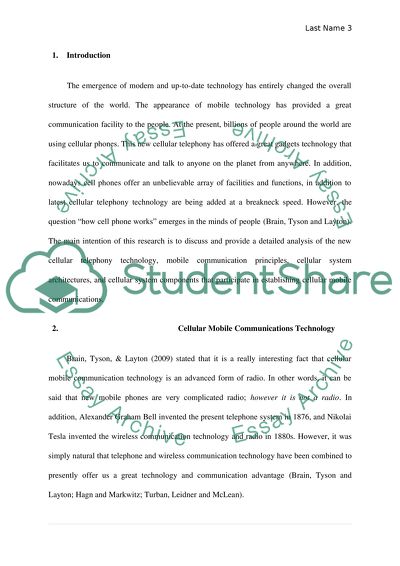Cite this document
(The Mobile Communication Principles and Cellular System Research Proposal, n.d.)
The Mobile Communication Principles and Cellular System Research Proposal. Retrieved from https://studentshare.org/technology/1562592-cellular-mobile-communications
The Mobile Communication Principles and Cellular System Research Proposal. Retrieved from https://studentshare.org/technology/1562592-cellular-mobile-communications
(The Mobile Communication Principles and Cellular System Research Proposal)
The Mobile Communication Principles and Cellular System Research Proposal. https://studentshare.org/technology/1562592-cellular-mobile-communications.
The Mobile Communication Principles and Cellular System Research Proposal. https://studentshare.org/technology/1562592-cellular-mobile-communications.
“The Mobile Communication Principles and Cellular System Research Proposal”, n.d. https://studentshare.org/technology/1562592-cellular-mobile-communications.


